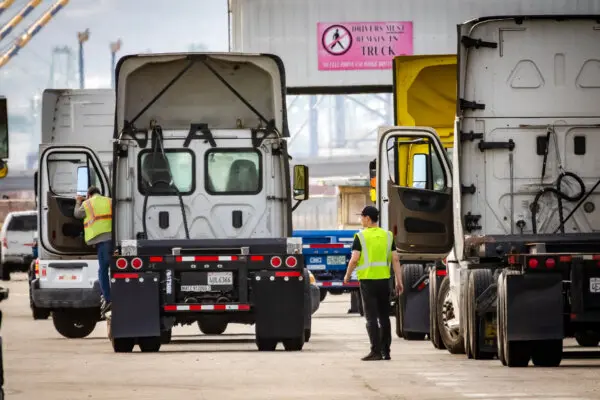As the Biden administration promises to eliminate coal power throughout the United States, energy experts are sounding the alarm about what will be left of U.S. energy infrastructure if these plans succeed.
U.S. climate envoy John Kerry said on Dec. 2 at the U.N. COP 28 global warming summit that the Biden administration “will be working to accelerate unabated coal phase-out across the world, building stronger economies and more resilient communities.”










